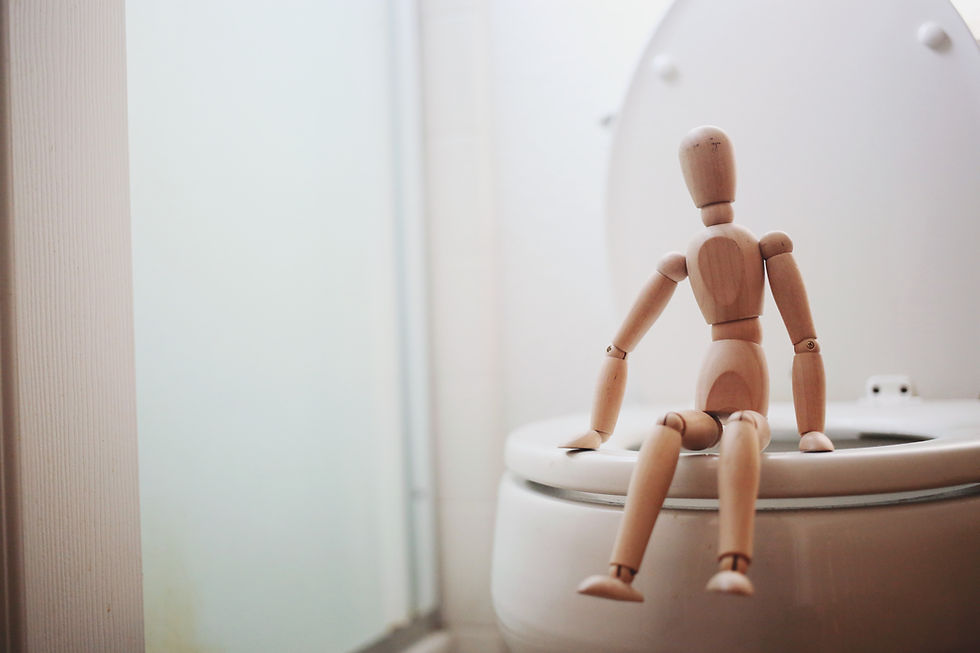Running low: Causes of Iron Deficiency
- My Dietary Strategies

- Jun 17, 2024
- 3 min read
Updated: May 6
The number of athletes who have exercise-induced iron deficiency anemia (also known as sports anemia) is quite high particularly those with heavy training loads.
How does it affect my performance
Iron deficiency can impair your muscle function and limit your work capacity, ultimately negatively affecting your health, physical and mental performance and training adaptations.
Athletes who are at risks
The athletes that are of greatest risk are:
females,
distance runners,
athletes who do not have enough energy intakes to replenish those used daily,
athletes who are skipping meals
vegetarian athletes,
athletes having plant-based diets,
child athletes,
adolescent athletes or
regular blood donors.
Common Causes of iron deficiency
When you are more prone to iron deficiency, it may be due to:

Having lower energy intakes compared to the energy used (low energy availability)
There may be a likely link between low energy intakes and either the overall deficit in iron intakes &/or the inability to absorb the subsequent iron absorption. This would then reduce you chance of replenishing the exercise-related iron losses which increases your iron demands.

Activities that cause the destruction of red blood cells due to a high impact to the ground/ hard surfaces (e.g. Foot strike, jumping up and down on the hard floor with your bare feet)

Exercises that cause the destruction of red blood cells due to muscle contractions such as weight-bearing exercises that damages the muscles (aka eccentric muscle damaging exercises)
Examples of exercises: squatting, lifting kettlebells, doing pull ups or push-ups more than what you are used to, etc.

Blood in the urine.
May be due to vigorous exercise or problems with kidney, bladder or parts of the urinary tract.

Gastro-intestinal (GI) bleeding
It can be from ulcers, hemorrhoids from constipation and straining during bowel movements, etc.
It can also be one of the symptoms for gastrointestinal distress. Some marathon runners & long-distance triathletes may have blood in the faeces in hours following the marathon.

Iron losses in Sweat, urine and feces
The majority is lost in feces.
Higher sweat rates of Athletes increase total iron losses.
Iron-containing red blood cells may break down at a faster rate when eccentric muscle damaging exercises occur which results in more iron being lost in the urine.
Daily iron losses from:
Urine - approx. 0.08mg/day
Skin (Sweat) - 0.2 to 0.3mg/day

High levels of inflammatory/iron regulatory hormone (hepcidin) after exercises especially high intensity & those that causes inflammation.
Exercises can cause an increase in levels of hepcidin.
When there is an increase in hepcidin, it results in a decrease in iron absorption, in recycling of iron from the gut & scavenging macrophages.
Increase is likely due to exercise-induced inflammatory response & increases in the cytokine interleukin-6 (IL-6).
The level may peak at 3 hours after exercise. It may take at least 4-6 hours to get back to baseline.

Menstrual blood losses in female athletes
The amounts of losses are variable.

Other blood losses such as blood donations

Training at high altitudes
The higher the altitude, the more iron is required.

Children who are rapidly growing
They would need more iron requirements compared to adults
12 to 15 years old boys: 12mg/day compared to 18 years old and above males: 8 mg/day

Injury
It includes bruises, cuts, etc.

Having Vegetarian or Vegan or plant-based meals that do not meet the daily iron requirement. This may be due to:
Insufficient amounts of iron consumed. The iron containing plant-based foods (aka non-heme iron) which are not readily absorbed by the body. We would then need to plan the amount of iron-rich plant-based foods per day.

Plant-based sources of iron are both lower in iron content and less able to be absorbed by the body compared to animal sources of iron.

Consuming foods that contain polyphenols.
Polyphenols are potent inhibitors of non-haem iron absorption.
Polyphenols includes tannins and phytates.
Food rich in polyphenols includes corn, foods containing whole wheat flour, tea, coffee, unpolished rice, etc.
These can add up to affect your iron stores.
Need Guidance to minimize the risk of getting iron deficiency?
Consultations - To estimate your dietary intakes and how to plan meals that contain all the iron-rich foods and how to time the consumption of the iron-rich foods.
Cooking Classes - To learn more about how to create nutritionally balanced meals, RSVP to our Cooking classes below:


Comments